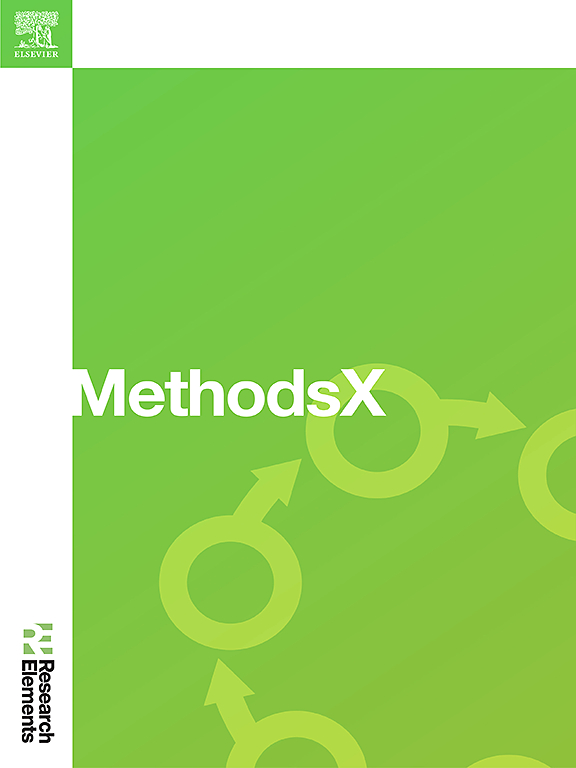一个有效和全面的现场协议评估燃料特性的火灾行为模型在澳大利亚开阔的森林
IF 1.6
Q2 MULTIDISCIPLINARY SCIENCES
引用次数: 0
摘要
燃料特性及其空间和时间分布的知识越来越重要,因为火灾管理人员依靠这些信息来量化火灾风险,计划规定的燃烧活动,预测火灾危险,预测荒地火灾行为和影响。澳大利亚目前使用的燃料库存方法主要依赖于主观的视觉评估方法,缺乏火灾管理应用所需的一致性和准确性。我们描述了一种协议,以量化澳大利亚火灾建模应用中考虑的各种燃料层的特征,即:垃圾和悬浮死燃料;掉落的木屑;住下层木;树皮;还有上层的树冠。该方法提供的信息包括:•每一层的覆盖度和高度(或深度);•下层凋落物、死悬浮层和活下层细燃料的质量(死燃料直径(d)≤0.6 cm,活燃料d≤0.4 cm);•倒下的木质燃料的质量和尺寸级分布(d>0.6 cm)。该协议整合了多种采样方法,包括对细颗粒燃料的破坏性采样,对倒下的木质燃料的线相交方法,以及依赖双重采样技术来估计活的下层、树皮和上层树冠燃料的间接方法。该协议可以适应具有不同精度要求的情况。使用议定书收集的数据将直接用于开发森林燃料动态模型和评价描述这些燃料的遥感方法的产出。本文章由计算机程序翻译,如有差异,请以英文原文为准。
An efficient and comprehensive field protocol for assessing fuel characteristics for fire behaviour modelling in Australian open forests
Knowledge of fuel characteristics and their spatial and temporal distribution is increasingly important as fire managers rely on this information to quantify fire risk, plan prescribed burning activities, forecast fire danger and predict wildland fire behaviour and effects. Current fuel inventory approaches used in Australia largely rely on visual assessment methods that are subjective and lack the consistency and accuracy required for fire management applications.
We describe a protocol to quantify characteristics for various fuel strata considered in Australian fire modelling applications, namely: litter and suspended dead fuels; downed wood debris; live understorey; bark; and overstorey canopy. The method provides information about:
- •Cover and height (or depth) of each strata;
- •Mass of fine fuels of litter, dead suspended and live understorey layers (dead fuel diameter (d) ≤ 0.6 cm, live fuel d ≤ 0.4 cm); and
- •Mass and size class distribution of downed woody fuels (d>0.6 cm).
The protocol integrates a variety of sampling methods including destructive sampling for fine fuel particles, line intersect method for downed woody fuel, and indirect approaches relying on double sampling techniques to estimate live understorey, bark and overstorey canopy fuels. The protocol can be adapted to enable application to situations with distinct accuracy requirements.
Data collected using the protocol will have direct use in developing models of forest fuel dynamics and evaluating outputs from remote sensing approaches to describe these fuels.
求助全文
通过发布文献求助,成功后即可免费获取论文全文。
去求助
来源期刊

MethodsX
Health Professions-Medical Laboratory Technology
CiteScore
3.60
自引率
5.30%
发文量
314
审稿时长
7 weeks
期刊介绍:
 求助内容:
求助内容: 应助结果提醒方式:
应助结果提醒方式:


